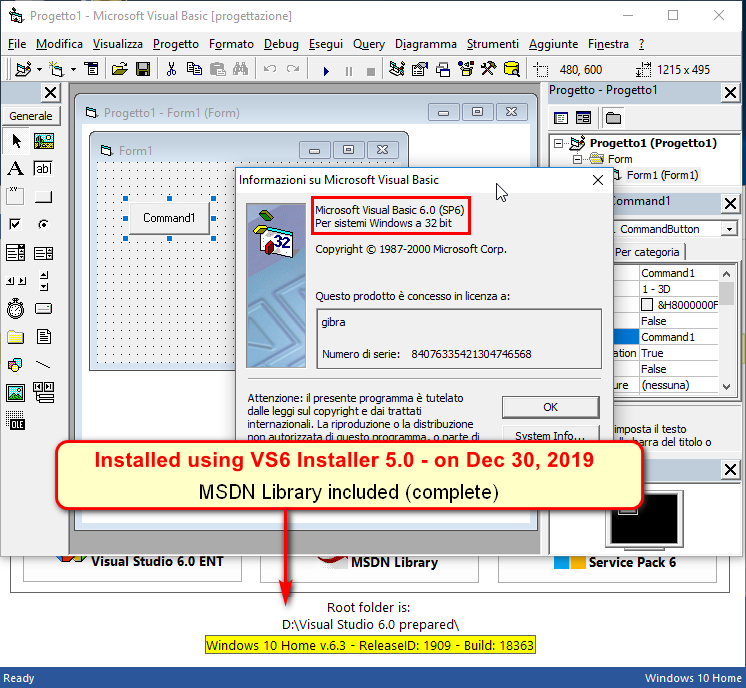

HKEY_LOCAL_MACHINE\Software\Microsoft\Visual Basic\6.0 HKEY_LOCAL_MACHINE\Software\Microsoft\MSVSDG HKEY_LOCAL_MACHINE\Software\Microsoft\HTML Help Collections HKEY_LOCAL_MACHINE\Software\Microsoft\DevStudio

Clean up the Windows registry entrys: run ‘regedit.exe’ and delete the following keys if they exist.The Visual Studio 6.0 files are by default under ‘C:\Program Files (x86)’ in 64 bits systems.Ĭ:\Program Files (x86)\Microsoft Visual Studio\CommonĬ:\Program Files (x86)\Microsoft Visual Studio\MSDNĬ:\Program Files (x86)\Microsoft Visual Studio\MSDN98Ĭ:\Program Files (x86)\Microsoft Visual Studio\VB98Ĭ:\Program Files (x86)\Microsoft Visual Studio\VC98Ĭ:\Program Files (x86)\Microsoft Visual Studio\*.HTMĬ:\Program Files (x86)\Microsoft Visual Studio\*.TXTĬ:\Program Files (x86)\Common Files\Microsoft Shared\MSDesigners98Ĭ:\Program Files (x86)\Common Files\Microsoft Shared\MSDNĬ:\Program Files (x86)\Common Files\Microsoft Shared\VS98Ĭ:\Program Files (x86)\Common Files\Microsoft Shared\Wizards98.Process 1.- Delete all the files from the previously failed VB6 installation attemptsīe careful to avoid deleting the recent Visual Studio versions, as they may have similar paths. NET, as this kind of DLL code relies platform, and things have changed a lot in 20 years. This is what I learned from my experience to get it up and running, but in case you can make a choice, I’d recommend you to rewrite the code in. I was recently requested to debug a pre-.NET application Visual Basic, so I had to set up the environment for Windows 98 development… but nowdays all that software is deprecated and has no support.


 0 kommentar(er)
0 kommentar(er)
